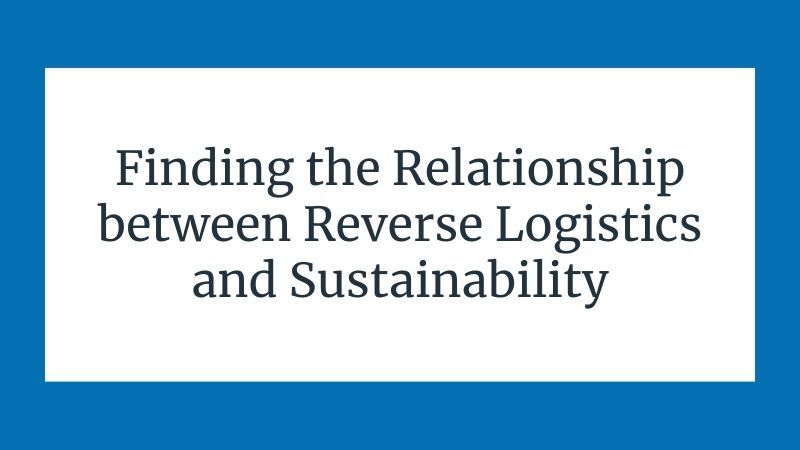Reverse logistics is imperative in the circular economy and improves sustainable development while increasing profits and client satisfaction. Keep reading to explore the relationship in detail.

Sustainability In Reverse Logistics is a critical driver and strategic component in modern business. It influences profitability, growth, and long-term survival while minimizing environmental impact and benefiting communities. With 1.8 billion new consumers expected globally by 2025, consumer spending is poised for a dramatic rise. For example, by 2030, China could add over 100 million working-age consumers, doubling its spending rates. While this growth excites investors, sustainability performance remains a vital condition for long-term success. Companies must balance producing goods with minimizing environmental, social, and economic impacts to maintain trust from investors, regulators, and consumers.
The Role of Sustainability in Supply Chains
Over recent years, sustainability has become a focal point in supply chains due to community concerns and organizational commitments to "green" strategies. Companies now recognize social responsibility and respond to legislation targeting environmental impacts. However, supply chains were once considered the "missing link" in sustainability because of their vast environmental footprint. Supply chains often account for 80% of greenhouse gas emissions and 90% of impacts on natural resources. These risks also threaten supply chain stability. For example, Australian agriculture firm GrainCorp reported a 64% profit drop in 2014 due to droughts. Meanwhile, Unilever faced annual losses of €300 million due to reduced agricultural productivity and water scarcity.
Despite these risks, few companies work closely with suppliers to mitigate them. Reverse logistics is a practical and effective approach to addressing these challenges. It supports sustainability goals while creating competitive advantages for companies.
Reverse Logistics: A Key to Sustainable Supply Chains
Reverse logistics focuses on the backward flow of products from customers to suppliers. It reduces waste, extends product lifecycles, and recaptures value from returned items. This process involves reuse, repair, remanufacturing, recycling, and responsible disposal. By integrating reverse logistics into Green Supply Chain Management (GSCM), businesses benefit from reduced costs, increased profitability, and improved customer satisfaction.
Additionally, reverse logistics aids sustainable product design by analyzing customer feedback and understanding return reasons. This feedback loop helps organizations develop products that align with sustainability goals and consumer expectations.
Tangible and Intangible Benefits of Reverse Logistics
Reverse logistics delivers measurable benefits, including cost reductions, resource conservation, and revenue from recovered products. Intangible advantages include customer trust, brand loyalty, and positive social and environmental impacts. Studies of ISO 14001-certified companies in Southeast Asia reveal that greening inbound functions and production stages positively impacts outbound functions, increasing profitability and customer satisfaction.
Closing Thoughts
Reverse logistics creates a comprehensive impact on environmental, economic, and social sustainability. It helps businesses balance profitability with responsibility, driving long-term success and growth. Embracing reverse logistics not only enhances organizational performance but also strengthens customer loyalty by demonstrating a commitment to social and environmental values.
Partner with PTS Corp today to ensure your logistics processes are on the cutting edge of sustainability in the logistics world.
Ready to see how your business can improve with PTS Corp? Sign up for a preliminary consultation with one of our experts today!
